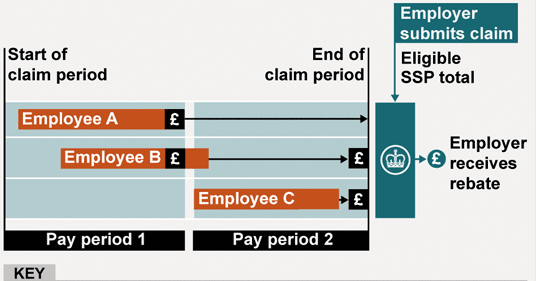Communication
Understanding change mindsets
Has your leadership team decided on an important change programme and you can’t get employees behind it? Are you an individual leader struggling to persuade your team to change? Have you brought in the A-team and they’re managing change in your organisation with traffic lights and checkboxes but employees couldn’t care less?
Maybe it’s time to learn more about change mindsets.
There are more theories of change management than you can throw a stick at. Practitioners and academics put their weight behind the six steps, or the ten steps, or the dreaming methodology. The different kinds have many steps in common, just reordered in different ways. One of the most interesting things I learned on my change leadership course is that there are individual change mindsets - and these are only a snapshot of where you are in the moment. Your change mindset can shift and alter depending on the situation, the challenges and the people around you.
The defining work on change mindsets has been done by Hans Vermaak, a lecturer, researcher and management consultant. Together with Léon de Caluwé, he has written (and annually updates) the publication Research in Organizational Change and Development.
In their work, they define five key change mindsets or colours. They provide a handy test in which you can work out your change mindset. During our first module at HEC Paris, I tested one colour. Today I tested the same again. All quotes below are from my test report, which is supplied by Vermaak’s consultancy Twynstra Gudde.
The colours of change
White - a white change leader believes in the self-organising capacity of organisations and people. This leader will catalyse change when the time is right. ‘White thinkers try to see where the opportunities are, support those who seize them and help them remove obstacles.’ My professors call this ‘emergent change’ - the leader who sees the world as infinitely complex and multidimensional, and believes in organic change. The challenge with white is being so comfortable with chaos and discomfort that no logical change steps are ever taken.
Red - red change leadership is about motivation. Red wants to understand people and tries to find the best fit between organisation, people, their skills and their motivation. ‘The red change leader is careful, sensitive to ambiance and loves people.’ According to the profs, the huge growth in the coaching industry comes out of a need for these emotion-driven change skills. The challenge with red is getting so caught up in everyone's feelings there is no space for taking the steps of change.
Blue - a blue change leader is about rational, planned change. They plan for the best result and implement carefully using project management tools. A blue change leader has ‘knowledge of the matter, an analytic mindset and an organised work method.’ The challenge with blue is not acknowledging that humans have emotions and no matter how rational the change is, they might not accept it.
Yellow - this is the political change leader, who thinks about change in terms of conflicts and negotiations. They try to find win-win outcomes. ‘Successful yellow change leaders have political skills and are stable enough to handle the pressure.’ The challenge with yellow is getting caught up in power games that get in the way of change.
Green - a green change leader is all about learning and development. It’s about experimenting, coaching, learning from experience. ‘As a green change leader, you pursue a learning change organisation. You facilitate and support people.’ The challenge with the green mindset is that you are so busy learning from your mistakes and seeing everything as a growth opportunity, that you never crack on with the actual change.
In my second test, I was 23 white, 21 red, 21 blue, 18 yellow and 13 green. I can’t find my first test, but I had a similar balance. Most of my classmates had a very strong bias towards one colour.
Change mindsets can help catalyse change, but they can also get in the way of change. Understanding your own tendency or that of your team might be enlightening. It certainly was for me. Remember that it's not a stamp on your forehead, because it can change from situation to situation, but it is a compass. Try it and let me know where you land.
Photo by Ross Findon on Unsplash

Charlotte Otter
Charlotte believes that in the attention economy, strategy and story need to be symbiotic.


